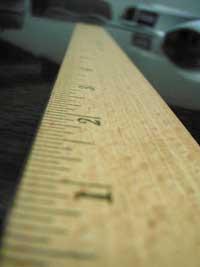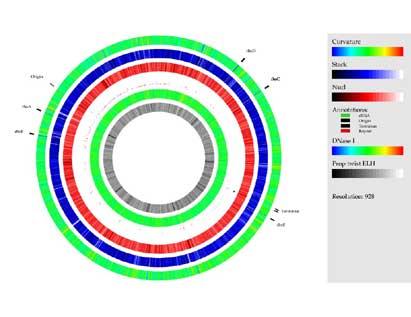What makes research scientific?
2001/06/06 Roa Zubia, Guillermo - Elhuyar Zientzia
The scientific method devised over 300 years ago is the basis of current experiments. For research to be scientific it is necessary to make a scientific method. This means that the basis of research is the scientific hypothesis, that is, from previous experiments and observations, a coherent theoretical assumption must be created.

The next step is to design an experiment that demonstrates this hypothesis. As far as possible, the experiment should serve to measure a single variable, that is, what happens by changing only one factor and one. If this experiment is not enough to demonstrate the initial hypothesis, a second experiment must be designed to measure the influence of another variable.
The results of the experiments must be verified several times. You have to recognize that a degree of error will always occur, so you have to repeat an experiment many times and try to determine the result. Thus, another scientist must achieve the same result with the same experiment on equal terms.
In addition to determining the outcome, the scientist must determine the error inherent in the methodology. For example, the error of a rule that does not measure a length less than the millimeter, obviously, will be one millimeter, so you cannot measure, for example, a length of 23.4 mm (since this rule cannot measure that decimal).
Therefore, if the initial hypothesis is not erroneous and proven, it can be the starting point for future research.

Gai honi buruzko eduki gehiago
Elhuyarrek garatutako teknologia






